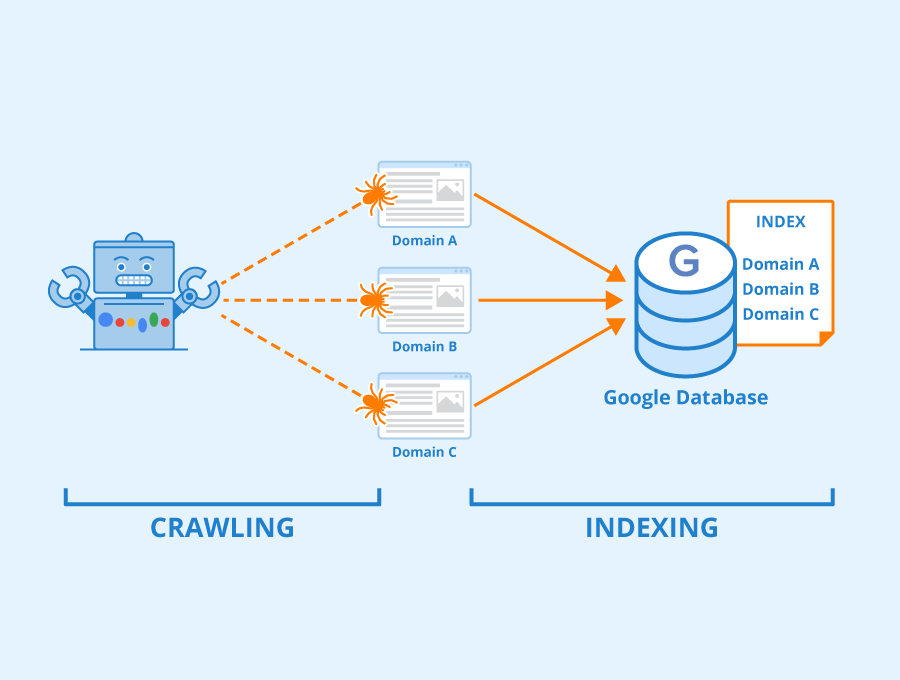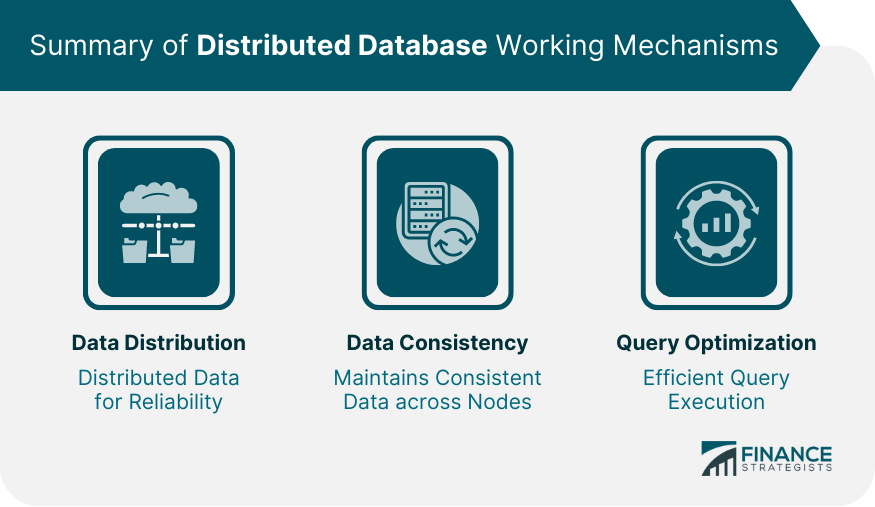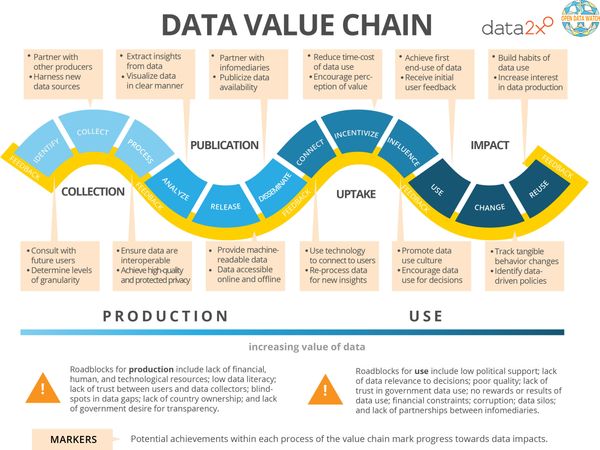Overview
What is database performance optimization?
Database performance optimization refers to the process of improving the efficiency and effectiveness of a database system. It involves various techniques and strategies that aim to enhance the performance of database operations, such as data retrieval, storage, and manipulation. By optimizing database performance, organizations can achieve faster response times, increased throughput, and improved scalability. This ultimately leads to better overall system performance and user satisfaction. In order to achieve optimal performance, it is important to consider factors such as indexing, query optimization, database design, and hardware configuration.
Importance of optimizing database performance
Optimizing database performance is crucial for any organization that relies on data-driven applications. A well-performing database ensures faster response times, improved scalability, and better overall user experience. By optimizing the database, organizations can minimize downtime, enhance data security, and reduce operational costs. Additionally, optimizing database performance allows for efficient data retrieval and processing, enabling organizations to make informed decisions based on real-time insights. To achieve optimal database performance, it is important to follow best practices and implement effective strategies such as indexing, query optimization, and proper database design.
Common challenges in database performance optimization
Database performance optimization is a crucial task for any organization that relies on databases to store and retrieve data efficiently. However, there are several common challenges that can hinder the performance optimization process. One of the main challenges is inadequate indexing, where the database lacks proper indexes on frequently queried columns. This can result in slow query execution times and overall poor performance. Another challenge is inefficient query design, where queries are not optimized for efficient data retrieval. This can lead to unnecessary data scanning and increased resource consumption. Additionally, poor hardware infrastructure, such as insufficient memory or disk space, can also impact database performance. It is important to address these challenges and implement effective strategies to optimize database performance and ensure smooth operations.
Tip 1: Choose the Right Database Engine

Understanding different database engines
Understanding different database engines is crucial for optimizing database performance. One of the popular database engines is Oracle, which offers various features and functionalities to enhance performance. To ensure the best performance, it is advisable to seek Oracle consulting services. These services provide expert guidance and support in optimizing database performance, implementing best practices, and resolving any performance-related issues. With the help of Oracle consulting services, organizations can maximize the efficiency and reliability of their database systems, leading to improved overall performance.
Factors to consider when choosing a database engine
When choosing a database engine, there are several factors to consider. One of the most important factors is the scalability of the database. It is crucial to choose a database engine that can handle the expected amount of data and can scale as the data grows. Another factor to consider is the performance of the database engine. The speed and efficiency of the database engine can greatly impact the overall performance of the system. Additionally, the reliability and stability of the database engine should be taken into account. A reliable and stable database engine ensures that the data is stored and retrieved accurately and consistently. Finally, the compatibility and ease of integration with other systems and tools should be considered. A database engine that can seamlessly integrate with existing systems and tools can greatly simplify the development and maintenance process. Overall, when choosing a database engine, it is important to carefully evaluate these factors to ensure optimal database performance.
Examples of popular database engines
There are several popular database engines that are widely used in the industry. These engines play a crucial role in managing and organizing large amounts of data efficiently. Some of the most popular database engines include MySQL, PostgreSQL, Oracle, Microsoft SQL Server, MongoDB, and Redis. Each of these engines has its own strengths and weaknesses, making them suitable for different use cases. For example, MySQL is known for its reliability and ease of use, while PostgreSQL is highly regarded for its advanced features and extensibility. Oracle is widely used in enterprise environments for its scalability and robustness. Microsoft SQL Server is popular among Windows-based applications, and MongoDB is a leading NoSQL database known for its flexibility and scalability. Redis, on the other hand, is a high-performance in-memory data structure store that is commonly used for caching and session management. These examples demonstrate the diversity and versatility of popular database engines in meeting various data management needs.
Tip 2: Design an Efficient Database Schema

Importance of a well-designed database schema
A well-designed database schema plays a crucial role in optimizing database performance. It ensures database integrity and follows best practices for efficient data storage and retrieval. By structuring the database schema properly, data redundancy and inconsistency can be minimized, leading to improved query performance and faster data access. Additionally, a well-designed database schema allows for easy scalability and future-proofing of the database system. Implementing database integrity best practices ensures the accuracy and reliability of the data stored in the database. It helps maintain data consistency and prevents data corruption or loss. By adhering to these best practices, organizations can ensure the smooth functioning of their database systems and maximize the performance and efficiency of their applications.
Normalization and denormalization techniques
Normalization and denormalization techniques are essential for optimizing database performance. By applying these techniques, database administrators can ensure data integrity, eliminate data redundancy, and improve query performance. One important aspect of optimizing database performance is leveraging the features offered by MariaDB. MariaDB provides a wide range of features such as advanced query optimization, parallel processing, and multi-version concurrency control (MVCC), which can greatly enhance the performance of database operations. By utilizing these features, organizations can achieve faster query execution, better scalability, and improved overall database performance.
Optimizing indexes and query performance
When it comes to optimizing indexes and query performance, there are several key strategies that can greatly improve the overall performance of your database. One important tip is to carefully analyze and optimize your database indexes. Indexes play a crucial role in speeding up query execution by allowing the database to quickly locate the required data. It is important to ensure that your indexes are properly designed and maintained to avoid unnecessary overhead and improve query performance. Additionally, optimizing your queries is another vital aspect of improving database performance. By carefully crafting and optimizing your queries, you can reduce the amount of data returned and minimize the processing required, resulting in faster and more efficient query execution. It is also recommended to regularly monitor and analyze query performance to identify any bottlenecks or areas for improvement. By implementing these tips, you can significantly enhance the performance of your database and provide a better user experience.
Tip 3: Optimize Query Performance

Understanding query optimization
Understanding query optimization is crucial for improving database performance. It involves analyzing and modifying queries to ensure they are executed efficiently. One of the key factors in query optimization is digitization. By digitizing data, organizations can store and process information more effectively, leading to faster query execution times and overall improved performance. Implementing digitization strategies can have a significant impact on database performance, making it an essential aspect to consider in query optimization.
Using indexes and query hints
Using indexes and query hints can greatly improve the performance of your database. Indexes help the database engine quickly locate the data it needs, reducing the time it takes to retrieve information. Query hints provide instructions to the database optimizer on how to execute a query, allowing you to control the query execution plan. By utilizing indexes and query hints effectively, you can optimize your database performance and enhance the overall efficiency of your system.
Avoiding unnecessary joins and subqueries
One of the key factors in optimizing database performance is avoiding unnecessary joins and subqueries. Joining tables and using subqueries can significantly impact the performance of a database, especially when dealing with large datasets. It is important to carefully analyze the queries and identify if any unnecessary joins or subqueries can be eliminated. This can be achieved by restructuring the queries, using appropriate indexing, and optimizing the database schema. By minimizing the number of joins and subqueries, the database can operate more efficiently and deliver faster query results.
Tip 4: Monitor and Tune Database Performance

Importance of monitoring database performance
The importance of monitoring database performance cannot be overstated. It is crucial for organizations to ensure that their databases are running efficiently and effectively. By monitoring database performance, organizations can identify and address any issues or bottlenecks that may be impacting the overall performance of their systems. One key aspect of monitoring database performance is ensuring optimal performance of MongoDB sharding. MongoDB sharding allows for the distribution of data across multiple servers, improving scalability and performance. By monitoring MongoDB sharding, organizations can ensure that data is being distributed effectively and that the system is operating at its peak performance.
Key performance metrics to track
Key performance metrics to track
Techniques for tuning database performance
In order to optimize database performance, there are several techniques that can be employed. These techniques involve tuning various aspects of the database to ensure efficient and effective operation. One important technique is index optimization, which involves creating and maintaining appropriate indexes on the database tables. Another technique is query optimization, which focuses on writing efficient and optimized SQL queries. Additionally, database performance can be improved by optimizing the database schema, including table design and normalization. Monitoring and tuning hardware resources, such as disk I/O and memory usage, is also crucial for database performance optimization. Finally, regular database maintenance tasks, such as updating statistics and performing regular backups, play a vital role in ensuring optimal performance. By implementing these techniques, database administrators can significantly enhance the performance of their databases.
Tip 5: Use Caching and Data Compression

Benefits of caching in database performance
Caching is a crucial technique in database performance optimization. By storing frequently accessed data in a cache, database systems can significantly reduce the time and resources required to retrieve information. This results in faster query execution and improved overall system performance. Caching can be particularly beneficial for database optimization tasks such as improving response times, reducing database load, and enhancing scalability. By caching frequently accessed data, database systems can minimize the need for expensive disk I/O operations, thereby improving the efficiency of data retrieval and processing. Additionally, caching can help mitigate the impact of network latency by reducing the number of requests sent to the underlying database server. Overall, incorporating caching into database performance optimization strategies can yield substantial benefits in terms of improved query performance, enhanced scalability, and reduced resource utilization.
Implementing caching strategies
Implementing caching strategies is crucial for optimizing database performance. A database system‘s performance can be greatly improved by implementing effective caching strategies. Caching involves storing frequently accessed data in a cache memory, which allows for faster retrieval and reduces the need for expensive database queries. By implementing caching strategies, organizations can minimize the load on their database systems and improve overall system performance.
Data compression techniques for improved performance
Data compression techniques are essential for improving database performance. By reducing the size of data, compression helps optimize storage space and minimize disk I/O operations, resulting in faster data retrieval and improved overall system performance. This is particularly important in scenarios where large amounts of data are involved, as uncompressed data can lead to increased disk usage and slower query execution times. Implementing data compression techniques can significantly reduce storage costs and improve query response times, ultimately enhancing the user experience and minimizing user frustration.
Conclusion
Summary of key tips for optimizing database performance
When it comes to optimizing database performance, there are several key tips to keep in mind. First, it is crucial to regularly monitor and analyze the performance of your database. This will help you identify any potential bottlenecks or areas for improvement. Second, optimizing your database schema can have a significant impact on performance. By properly organizing and indexing your tables, you can reduce the time it takes to retrieve and manipulate data. Third, caching frequently accessed data can greatly improve performance by reducing the need for repeated database queries. Fourth, consider using database connection pooling to manage and reuse database connections, which can help reduce overhead and improve performance. Fifth, optimizing your SQL queries is essential for database performance. This includes avoiding unnecessary joins, using proper indexes, and optimizing the use of functions and operators. Finally, regularly updating and maintaining your database software and hardware can also contribute to improved performance. By following these key tips, you can optimize the performance of your database and ensure efficient and reliable data access.
Importance of continuous monitoring and improvement
Continuous monitoring and improvement are crucial for maintaining high-performing databases. By consistently monitoring the performance of the database, potential bottlenecks and issues can be identified and addressed promptly. This proactive approach helps ensure that the database operates at its optimal level, providing efficient and reliable data storage and retrieval. Additionally, continuous improvement practices allow for the implementation of enhancements and optimizations that further enhance the performance of the database. Regularly evaluating and fine-tuning the database architecture, query optimization, and indexing strategies can lead to significant performance gains. Therefore, prioritizing continuous monitoring and improvement is essential for organizations that rely on high-performing databases.
Final thoughts on achieving optimal database performance
Final thoughts on achieving optimal database performance…
In conclusion, OptimizDBA Database Optimization Consulting is the trusted industry leader in remote DBA services since 2001. With over 500 clients, we guarantee a significant increase in performance, experiencing transaction speeds that are at least twice as fast as before. Our average speeds are often 100 times, 1000 times, or even higher! If you’re looking to optimize your database and improve its performance, look no further than OptimizDBA. Visit our website to learn more about our services and how we can help you achieve optimal database performance.







